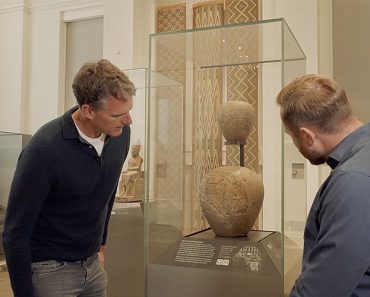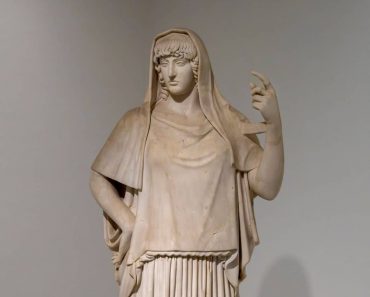
A new study has finally settled a long-standing debate about the ancient Britons, confirming that they were indeed Celts. The research draws on the voyages of Pytheas, the Greek explorer who traveled to Britain in the fourth century BC. But how exactly does Pytheas’ ancient journey shed light on this modern controversy?
Were the Britons really Celts?
In popular sources, the ancient Britons are often described as Celts, and this classification appears frequently in academic works as well. However, in the latter half of the 20th century, some scholars began challenging this terminology. They argued that no ancient source ever explicitly refers to the Britons as Celts.
The reason the Britons are called Celts in modern sources stems from the work of Edward Lhuyd, a 17th-century linguist. Lhuyd established that the non-English languages of the British Isles, such as Welsh, Cornish, and Irish, are related and ultimately derived from Continental Celtic languages. From that time onward, the non-English peoples of Britain and Ireland came to be regarded as Celts.
Today, many scholars continue to defend this view, maintaining that language is the primary criterion for defining a nation as Celtic. Others, however, argue that labeling the Britons as Celts is incorrect, since no ancient source uses that designation.
A new study investigates Pytheas
For many years, scholars have been at a stalemate on this question. However, this year, a paper has been released that provides what appears to be conclusive evidence supporting one side of the debate. The author, Patrick Sims-Williams, is widely recognized as one of the world’s leading experts in Celtic studies.
In his paper, Sims-Williams examines the testimony of Pytheas, an Ancient Greek explorer and geographer who traveled to northern Europe and recorded his observations. Although Pytheas’ original account has not survived, many later writers referenced his discoveries.
One particularly valuable source is Strabo, a geographer of the first century BC. Strabo critically analyzed the works of Hipparchus, a second-century BC astronomer who frequently quoted Pytheas. Through Strabo’s evaluation of Hipparchus, we are able to gain insight into Pytheas’ observations during his journey to Britain.
What the new study reveals about Britons and Celts
Strabo believed the far northern regions were uninhabitable in direct contrast to Pytheas’ firsthand observations. As a result, he made every effort to discredit both Pytheas and Hipparchus, the astronomer who extensively cited him.
Using Pytheas’ accounts, Hipparchus described how the angle of the sun changes as one moves farther north, providing specific measurements at particular latitudes. When discussing the region of Britain, roughly halfway across the island, Strabo wrote:
“Among those who are 6300 stades from Marseille (whom he [Hipparchus] considers to be Keltoi, but I think are Bretannoi, 2500 stades farther north of Keltike) this [solar phenomenon] occurs more plainly, and the winter sun rises only 6 cubits.”
This passage shows that Hipparchus referred to the inhabitants of this area as “Keltoi,” or Celts. Since he was clearly describing people in Britain, this suggests that the ancient Britons were indeed Celts.
How this resolves the controversy
Scholars in the past had noticed this reference. However, because Hipparchus is primarily remembered as an astronomer while Strabo is known as a geographer, Hipparchus’ claim was largely dismissed altogether. There are, nonetheless, two issues with this dismissal. First of all, Hipparchus was also very much a geographer rather than just an astronomer.
Even more importantly, as Patrick Sims-Williams emphasizes in his new paper, the claim that the ancient Britons were Celts did not originate with Hipparchus. All the information he drew on, such as latitudes, the angle of the sun, and details about the territories and peoples at those latitudes, originated from Pytheas. Therefore, the reference to “Keltoi,” or Celts living in that region clearly derives from Pytheas. As Sims-Williams also notes, Pytheas was the only known writer to have visited Britain prior to Julius Caesar, making his testimony exceptionally valuable.
Ultimately, it remains to be seen whether this new study will finally put an end to the controversy or if scholars will continue to debate the issue. In any case, the paper provides strong evidence supporting the view that the ancient Britons really were Celts.







